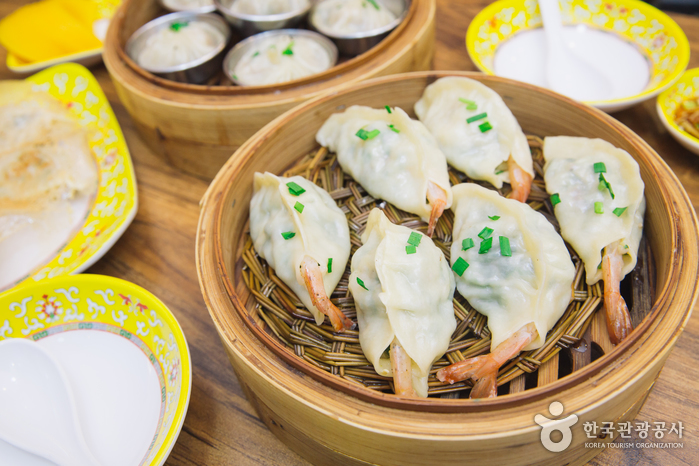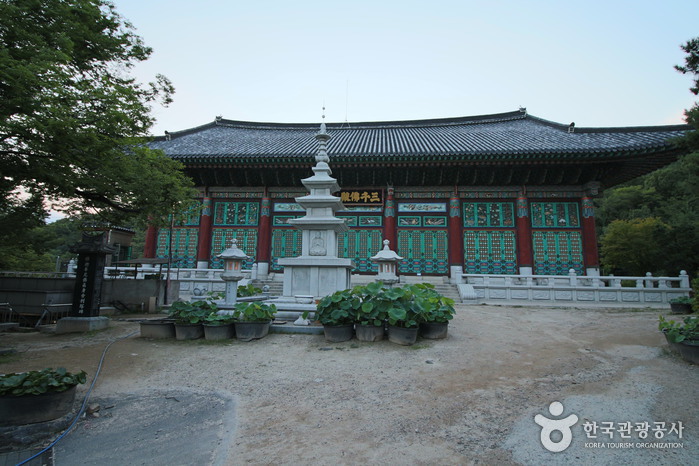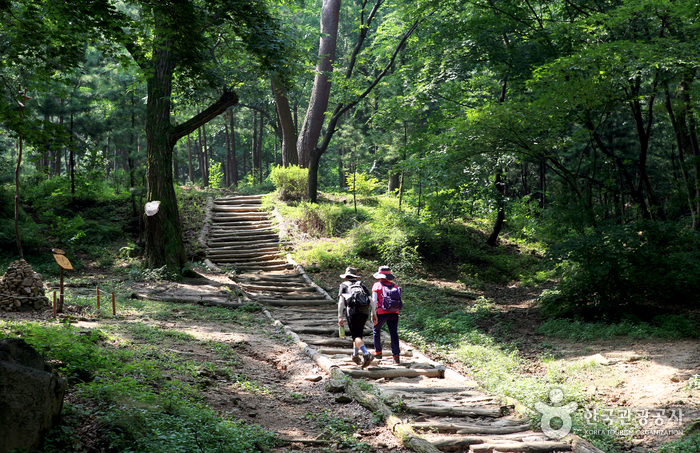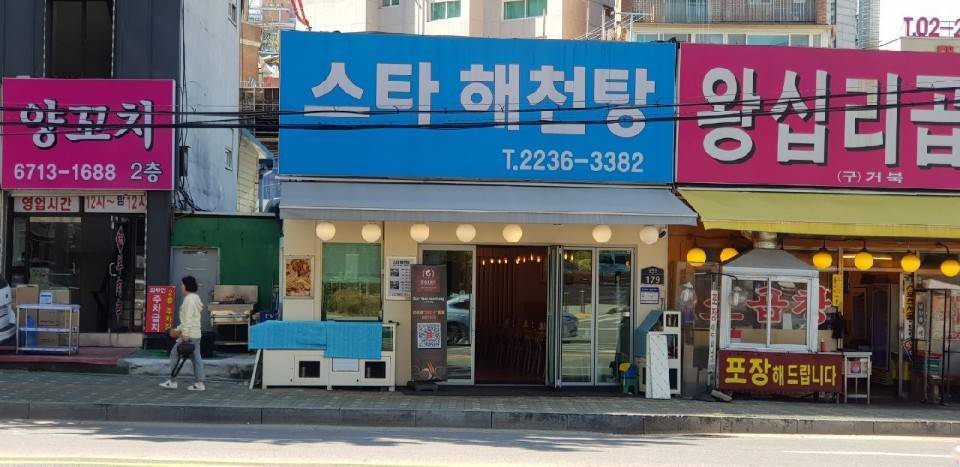Olive Young - Ahyeon Station Branch [Tax Refund Shop] (올리브영 아현역)
3.2Km 2024-04-18
10, Sinchon-ro 35-gil, Seodaemun-gu, Seoul
-
Bugak Skyway Palgakjeong Pavilion (북악스카이 팔각정)
3.2Km 2022-12-26
267, Bugaksan-ro, Jongno-gu, Seoul
+82-2-725-6602
Bugak Skyway Palgakjeong Pavilion exudes a tranquil, serene beauty regardless of the season. The pavilion, which sits on Bugaksan's 1,652,900 square meter summit at an altitude of 345 meters, was built in a traditional Korean-style and became a popular attraction within the city. There are also spaces for visitors to enjoy food and drinks.
Le Mans Eyewear - Cheonggyecheon Branch [Tax Refund Shop] (르망안경콘택트 청계천)
3.2Km 2024-04-18
B2 E-MART, Lotte Castle Venezia, 400, Cheonggyecheon-ro, Jung-gu, Seoul
-
E-Mart - Cheonggyecheon Branch [Tax Refund Shop] (이마트 청계천)
3.2Km 2024-04-18
400, Cheonggyecheon-ro, Jung-gu, Seoul
-
CU - Sungin Dongyang Paraville Branch [Tax Refund Shop] (cu숭인파라빌점)
3.3Km 2024-06-26
1F, #104, 251, Nangye-ro, Jongno-gu, Seoul
-
Goobok Mandu (구복만두)
3.3Km 2017-01-25
10, Duteopbawi-ro, Yongsan-gu, Seoul
+82-2-797-8656
Operated by Korean husband and Chinese wife, it offers traditional authentic Chinese dumplings in a small place. Its signature menu, dumpling, passed down to the owner by her grandmother, features different tasty and texture comparing with Korean-style dumpling.
Bongwonsa Temple (봉원사)
3.4Km 2023-03-13
120, Bongwonsa-gil, Seodaemun-gu, Seoul
+82-2-392-3007
Located on the outskirts of Ansan Mountain in Bongwon-dong, Seodaemun-gu, Seoul, Bongwonsa Temple, as the center of Korean Buddhism Taego, is a thousand-year-old temple with a long history and tradition. In 889 (3rd year of Shilla Queen Jinseong’s reign), Monk Doseon founded it at the ground of Yeonhui Palace (now Yonsei Univ.) and named it Banyasa temple. It was destroyed during the Imjin War in 1592, and later in 1748 (the 24th year of Joseon King Yeongjo’s reign), it was rebuilt and renamed “Bongwonsa” by two Buddhist monks, Chanjeup and Jeungam.
“Yeongsanjae,” one of the Buddhist rituals and also a National Intangible Cultural Property, takes place at Bongwonsa on June 6 every year wishing for world peace and the reunification of North and South Korea. It was designated as one of the Intangible Cultural Heritage of Humanity by UNESCO in 2009. During Yeongsanjae, visitors can enjoy the Buddhist arts such as Beompae (Buddhist temple music for rituals) and dancing. Also, during summertime, Seoul Lotus Flower Culture Festival takes place, where visitors can enjoy the beautiful lotus flowers which are a symbol of Buddhism.
Baeksasilgyegok Valley (백사실계곡)
3.4Km 2020-08-31
115, Buam-dong, Jongno-gu, Seoul
+82-2-2148-1114
Baeksasilgyegok Valley in Seoul is a well preserved cultural and natural site, being home to Baekseokdongcheon, Historic Site No. 462, as well as a habitat to diverse animals, including salamanders, frogs, minnows, and crayfish. The preservation value of this area is especially high as the valley is home to a large colony of salamanders, which are indicator species of the clean water and a protected wildlife species of Seoul.
The valley gets its name from the site of a villa of Yi Hangbok. The path along the area’s thick forest and natural valleys provides an excellent getaway. Since the area is a habitat to several protected species, visitors are asked to refrain from dipping their feet in the valley’s waters while exploring the scenery. The entrance to the valley is located past the Sanmotungi Café.
Star Haecheontang (스타해천탕)
3.4Km 2021-03-18
179, Nangye-ro, Jung-gu, Seoul
+82-2-2236-3382
A spicy seafood stew specialty restaurant located near Sindang Station in Seoul. The most famous menu is chicken and seafood soup. A restaurant famous for seafood stew and steamed dishes.
Olive Young - Sinseol-dong Station Branch [Tax Refund Shop] (올리브영 신설동역)
3.5Km 2024-04-16
4, Wangsan-ro, Dongdaemun-gu, Seoul
-
![Olive Young - Ahyeon Station Branch [Tax Refund Shop] (올리브영 아현역)](http://tong.visitkorea.or.kr/cms/resource/40/2889240_image2_1.jpg)

![Le Mans Eyewear - Cheonggyecheon Branch [Tax Refund Shop] (르망안경콘택트 청계천)](http://tong.visitkorea.or.kr/cms/resource/14/2889514_image2_1.jpg)
![E-Mart - Cheonggyecheon Branch [Tax Refund Shop] (이마트 청계천)](http://tong.visitkorea.or.kr/cms/resource/80/2888580_image2_1.jpg)





![Olive Young - Sinseol-dong Station Branch [Tax Refund Shop] (올리브영 신설동역)](http://tong.visitkorea.or.kr/cms/resource/24/2888624_image2_1.jpg)
 English
English
 한국어
한국어 日本語
日本語 中文(简体)
中文(简体) Deutsch
Deutsch Français
Français Español
Español Русский
Русский